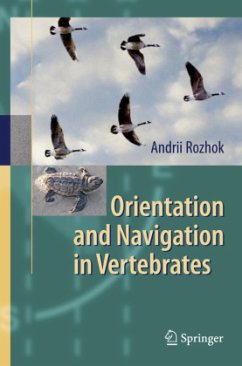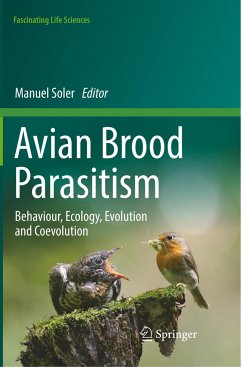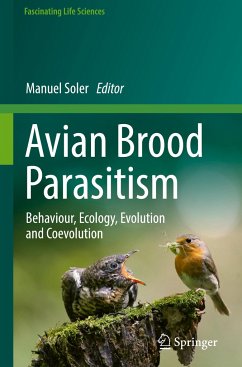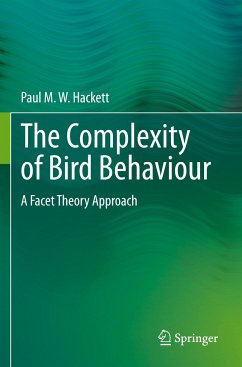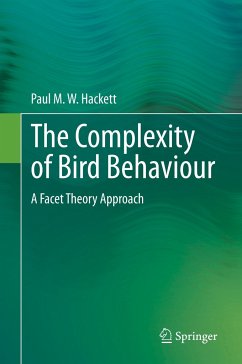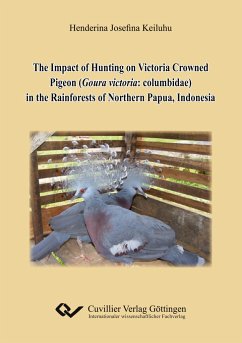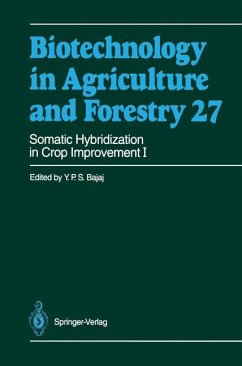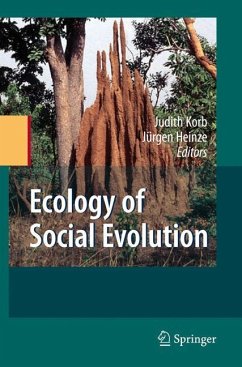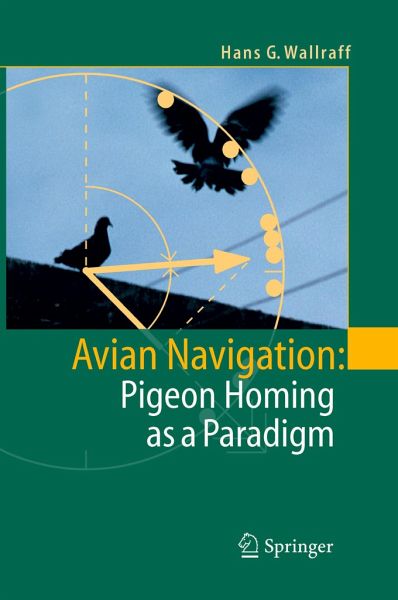
Avian Navigation: Pigeon Homing as a Paradigm
Versandkostenfrei!
Versandfertig in 6-10 Tagen
115,99 €
inkl. MwSt.
Weitere Ausgaben:

PAYBACK Punkte
58 °P sammeln!
How migratory birds can navigate home from their wintering grounds to their breeding sites over hundreds and thousands of kilometres has been an admired mystery over more than a century. Profound advances towards a solution of this problem have been achieved with a model bird, the homing pigeon. This monograph summarizes our current knowledge about pigeon homing, about the birds' application of a sun compass and a magnetic compass, of a visual topographical map within a familiar area and -- most surprisingly -- of an olfactory map using atmospheric chemosignals as indicators of position in dis...
How migratory birds can navigate home from their wintering grounds to their breeding sites over hundreds and thousands of kilometres has been an admired mystery over more than a century. Profound advances towards a solution of this problem have been achieved with a model bird, the homing pigeon. This monograph summarizes our current knowledge about pigeon homing, about the birds' application of a sun compass and a magnetic compass, of a visual topographical map within a familiar area and -- most surprisingly -- of an olfactory map using atmospheric chemosignals as indicators of position in distant unfamiliar areas.





